Technologies for Livelihood Enhancement
Twenty five chapters in this book are grouped into six sections. Section on “setting the stage topics relevant to livelihoods context” (Chapters 1-4) deals with a range of livelihood options, and addresses the issue of livelihood promotion, protection, and sustenance including under the emerging scenario of climate change. This section also deals with corporate social responsibility and the criticality of water as fundamental to livelihood The second section on “crop agriculture” (Chapters 5-9) highlights the relevance and importance of technologies that have the potential of boosting productivity of food, feed and horticultural crops for enhancing livelihood security and quality of life of farmers. Discussion here deals with approaches for combating abiotic and biotic stresses for improving production stability and efficiency with focus on combining productivity with stress tolerance. Importance of weed management and early warning systems for disaster management is also highlighted for safeguarding livelihoods. The vegetables and fruits section (Chapters 10-14) discusses use of traditional and emerging technologies, hybrid technology, green-house and related protected cultivation technologies, and appropriate policies to empower farmers to boost their income. Protection against insect-pest and deployment of disease tolerant crops not only improves socio-economic status of farmers but also ensures cleaner environment. Realizing the vast potential of animals and fisheries for reducing poverty and enhancing livelihood, the next section has five presentations (Chapters 15-19) covering issues ranging from cold water fishes to highlander yak. The importance of cattle, the relevance of veterinarians and the criticality of currently available and futuristic technologies is also underlined. Where relevant, the section undertakes SWOT analysis and discusses issues emerging from climate change. The agro-forestry section (Chapters 20-22) propagates the value of synergy of agriculture with appropriate forestry technologies to evolve a profitable and sustainable land-use system. The section details with many potentially powerful agro-forestry technologies, the range of available tradable bioresources and important pursuable options pertaining to medicinal and aromatic plants. Indigenous food products, bee keeping and silk productions are three important issues grouped under “other livelihood options” (Chapters 23-25). This section discusses the importance, need of introducing scientific and technological interventions, and improving policy decision making for improving livelihood via agro-industrial development.
Contents: 1. Setting the stage: topics relevant to livelihoods context. 2. Crop agriculture. 3. Vegetables and fruits. 4. Animal sciences and fisheries. 5. Agroforestry. 6. Other livelihood options.
Get it now and save 10%
BECOME A MEMBER
-

Literary Discourse: East and West
-

Indian Writings in English
-

Financial Analysis Models of Commercial Banks
-

Problems and Prospects of Mineral Industry in India: A Study of Mica Industry
-
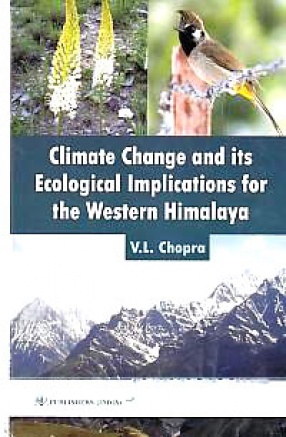
Climate Change and its Ecological Implication for the Western Himalaya
-

Ornamental Plants for Gardening
-
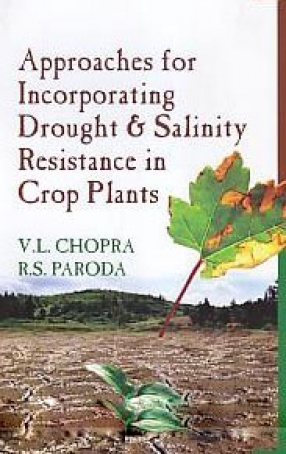
Approaches for Incorporating Drought and Salinity Resistance in Crop Plants

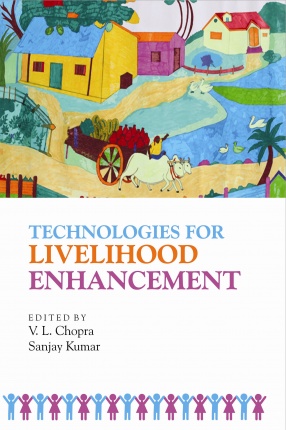

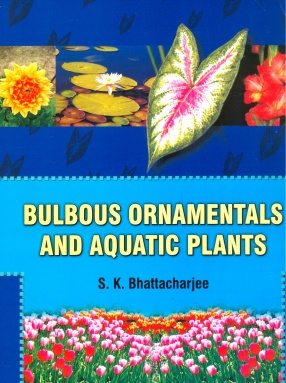
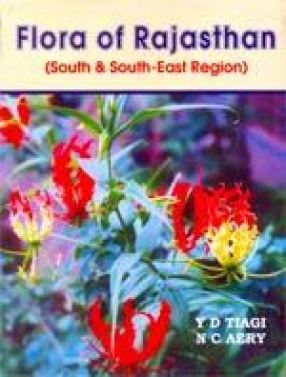


Bibliographic information
V.L. Chopra